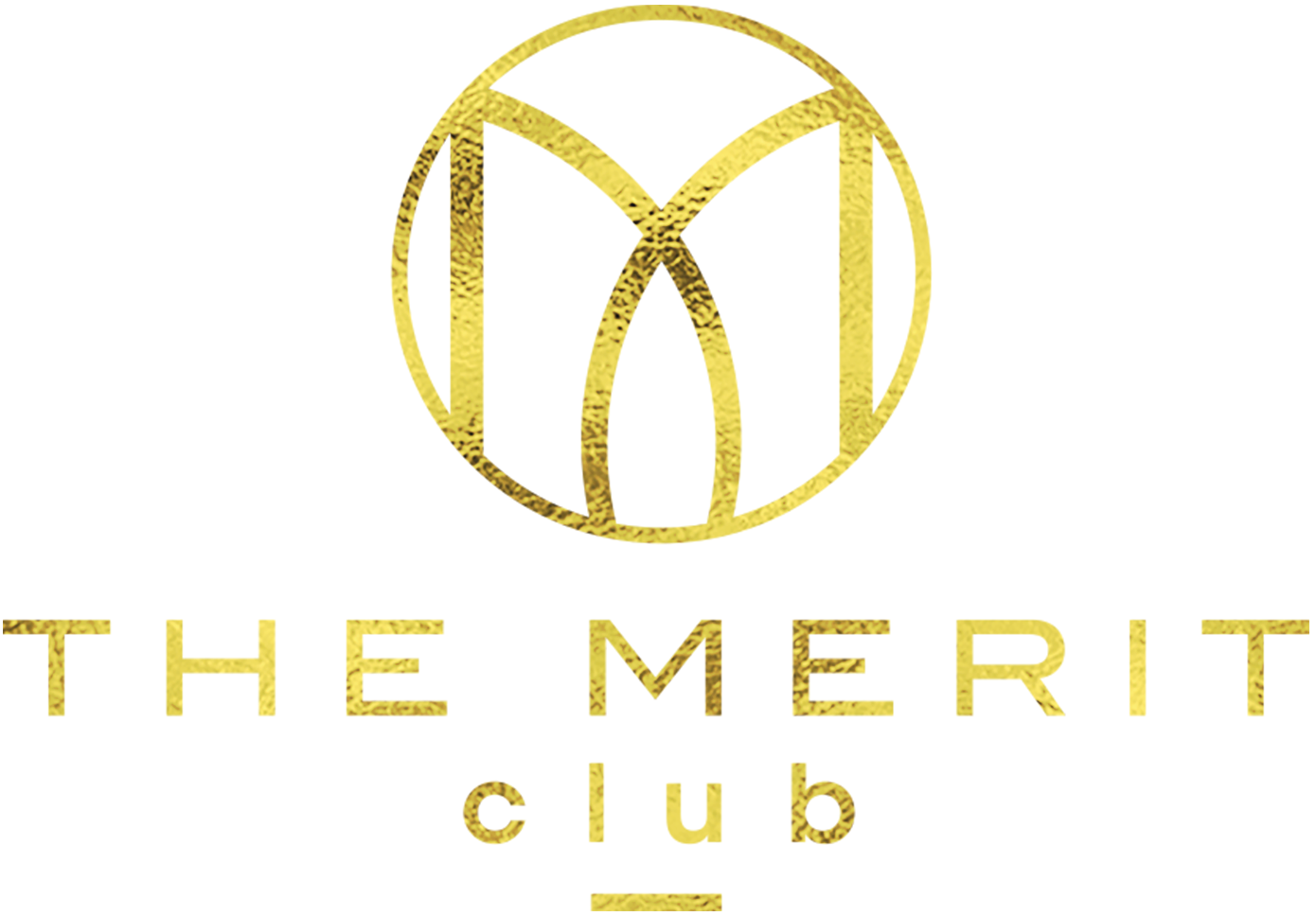Neuroscience and Colour
At the Merit Club we are fascinated with what makes our brains tick! Every Wednesday we will be digging a little deeper into this with our Neuroscience Wednesdays series. Finding videos and articles on subjects from love through to leadership and addiction, these blogs will cover a range of ideas and theories that help us understand our mind better, have the power to shape our lives and the way we think.
This week on Neuroscience Wednesday, the Merit Club brings you the incredibly insightful series, VSauce's host, Michael Steven's fascinating thoughts on how all the different colours that we 'see' are simply just illusions that our brains create.
colour AS ILLUSION
Have you ever had a think about how just because we see a colour (which we all believe is relatively the same colour) it does not mean that this colour actually exists? Ever wondered how, just because this is colour as we know it, it does not necessarily exist in the outside world but rather exists inside our brains.
We do know that not everybody registers colours in exactly the same way. A variety of factors, such as colour blindness, all affect our experiences with colour. Moreover, as Steven explains, an explanatory gap exists. He reflects upon the idea that we're unable to explain the colour red, for example, to a person who has been blind their entire life, because they’ve never experienced seeing that colour before.
The process of seeing colour starts with light reception which takes place in the retina. Within our retinas there are then two different types of light detecting cells:
Rods - This is used for seeing in low lighting.
Cones - They allow us to see colour and are found in the centre of the retina where light is focused. There are three types of cone cells that correspond to three colours, red, green and blue. When you see a colour, each cone sends a direct signal to your brain.
For example, if you saw a yellow light, there is no one cone that specifically detects yellow. However, that colour is similar to the red and green cones, which leads to both of the cones being activated and then each cone sending a signal to the brain that causes you to see the colour yellow. Clever stuff indeed! The brain can be tricked into thinking its seeing colours by carefully adding together the right combination of just three cones (red, green and blue). It's interesting to note, therefore, that because there are only 3 types of cones, each brain is individual and has the option to conjure up a variety of colour possibilities.
Ultimately, we are all alone in our perceptions! Yes, we are able to agree on something simple like chocolate tastes great, but we cannot get inside each other’s brains to experience the actual taste that we are individually tasting. That’s what makes us unique. Our experiences are 100% our own. Can we ever know what our neighbour is seeing from their eyes? What their version of red is in comparison to our own?
What do you think?
Words by Mine Sherefali




